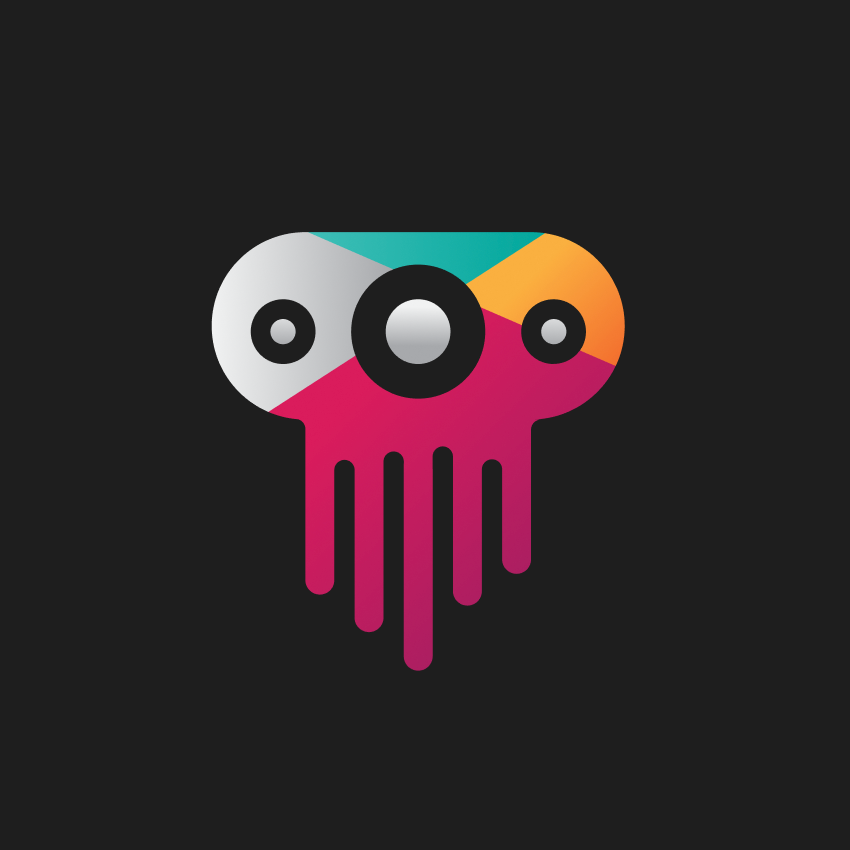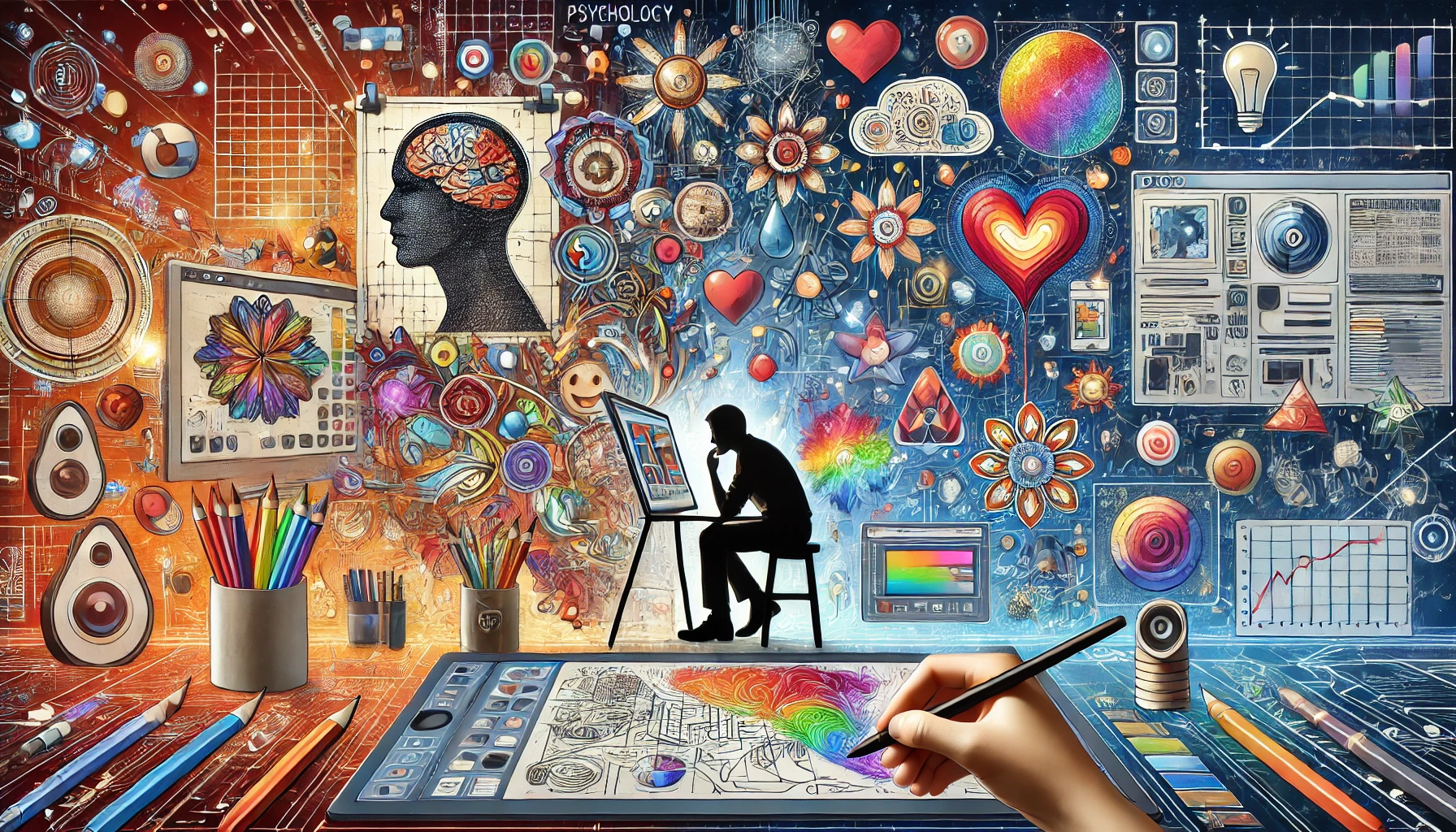This transformation brings both opportunities and challenges, reshaping the psychological experience of creating and consuming art.
The Creative Process in the Digital Age
Digital tools have fundamentally altered the way artists approach their craft. The infinite possibilities presented by software like Photoshop, Illustrator, and various 3D modeling programs allow for unprecedented levels of experimentation and creativity. Artists can now manipulate their work with ease, undo mistakes, and explore complex compositions without the constraints of traditional mediums.
Psychologists suggest that this freedom can lead to enhanced creativity. The ability to iterate quickly and explore multiple ideas simultaneously can stimulate more innovative thinking. However, this abundance of options can also lead to decision paralysis, where the sheer number of possibilities becomes overwhelming. Artists might find themselves stuck, unable to commit to a single idea due to the fear of missing out on other potential directions.
Emotional and Cognitive Responses to Digital Art
The consumption of digital art elicits unique emotional and cognitive responses. Digital art can be more immersive and interactive than traditional forms, often incorporating motion, sound, and user interaction. This multisensory experience can create deeper emotional connections and more memorable engagements.
Comparatively, traditional art forms, with their tactile and physical presence, invoke a different set of responses. The texture of a brushstroke, the depth of a sculpted form, and the subtle variations in color and light are experiences that digital art replicates differently. While traditional art might evoke a sense of historical continuity and tangible reality, digital art often inspires awe through its boundless creativity and futuristic appeal.
Mental Health Benefits and Challenges
The life of a digital artist is intertwined with technology, which brings both mental health benefits and challenges. On one hand, digital art provides a platform for self-expression and emotional release. The act of creation can be therapeutic, helping artists process their emotions and experiences.
On the other hand, the digital art community is heavily influenced by social media. Platforms like Instagram, DeviantArt, and ArtStation offer artists the opportunity to share their work with a global audience, but they also expose them to the pressures of online feedback. The constant need for validation through likes, comments, and shares can lead to anxiety and self-doubt. Negative feedback or lack of engagement can be particularly detrimental, affecting an artist’s self-esteem and motivation.
Insights from Psychologists and Digital Artists
Psychologists emphasize the importance of balance and self-awareness for digital artists. Dr. Laura Smith, a clinical psychologist, advises artists to set boundaries for their online activities and to seek feedback from trusted sources rather than relying solely on social media metrics. "It's crucial to remember that your worth as an artist is not defined by the number of likes you receive," she notes.
Digital artists themselves highlight the supportive communities that can be found online. Artist Alex Ruiz shares, "I've found incredible support and camaraderie in online art groups. We critique each other’s work constructively and share resources. It's about growth, not just likes."
In conclusion, the psychological dynamics of digital art are complex and multifaceted. While digital tools have unlocked new realms of creativity, they also present unique challenges that artists must navigate. The emotional and cognitive impact of digital art on viewers is profound, offering immersive experiences that traditional art forms cannot replicate. For digital artists, balancing the benefits of digital creation with the pressures of online exposure is key to maintaining mental well-being. By understanding these psychological aspects, we can better appreciate the intricate world of digital art and support the artists who contribute to it.

